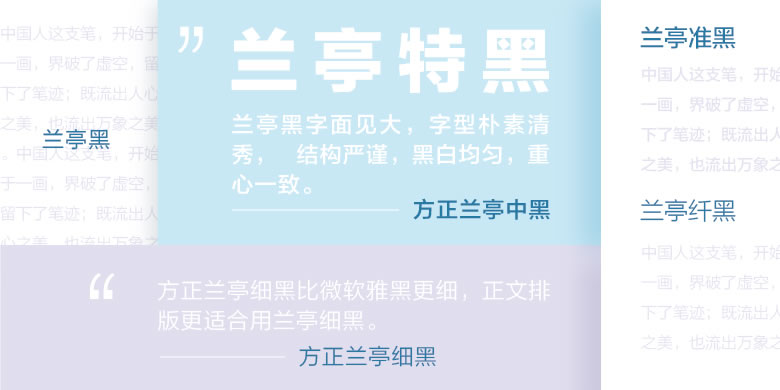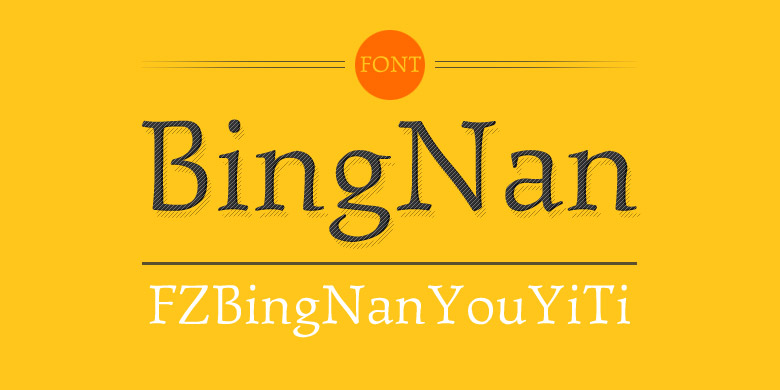Jenson Classico™
Friends show their love in times of trouble, not in happiness.
字体介绍:
20世纪90年代,Robert Slimbach设计了他的当代版Adobe Jenson™。它在1996年由Adobe首次发布,并在2000年重新发布,作为一个全功能的OpenType字体,具有扩展的语言支持和许多排版改进功能。一个了不起的杰作,Adobe Jenson提供了一个完整的文本和显示组合的灵活性; 它具有特殊设计的光学尺寸的巨大字符集,可用于字幕、文本、副标题和显示。字重范围包括light、regular、semibold和bold。Jenson没有设计一个斜体字来搭配他的罗马字体,所以Slimbach使用了Ludovico degli Arrighi在1524-27年裁剪的斜体字作为他的模型。将该家族用于书籍和杂志的排版,或设计时,会有一种优雅和尊严的感觉。
In 1458, Charles VII sent the Frenchman Nicolas Jenson to learn the craft of movable type in Mainz, the city where Gutenberg was working. Jenson was supposed to return to France with his newly learned skills, but instead he traveled to Italy, as did other itinerant printers of the time. From 1468 on, he was in Venice, where he flourished as a punchcutter, printer and publisher. He was probably the first non-German printer of movable type, and he produced about 150 editions. Though his punches have vanished, his books have not, and those produced from about 1470 until his death in 1480 have served as a source of inspiration for type designers over centuries. His Roman type is often called the first true Roman." Notable in almost all Jensonian Romans is the angled crossbar on the lowercase e, which is known as the "Venetian Oldstyle e."
In the 1990s, Robert Slimbach designed his contemporary interpretation, Adobe Jenson™. It was first released by Adobe in 1996, and re-released in 2000 as a full-featured OpenType font with extended language support and many typographic refinements. A remarkable tour de force, Adobe Jenson provides flexibility for a complete range of text and display composition; it has huge character sets in specially designed optical sizes for captions, text, subheads, and display. The weight range includes light, regular, semibold, and bold. Jenson did not design an italic type to accompany his roman, so Slimbach used the italic types cut by Ludovico degli Arrighi in 1524-27 as his models for the italics in Adobe Jenson. Use this family for book and magazine composition, or for display work when the design calls for a sense of graciousness and dignity.






















 商业发布授权
商业发布授权
 出版物授权:针对出版物
出版物授权:针对出版物
 嵌入式应用授权
嵌入式应用授权






